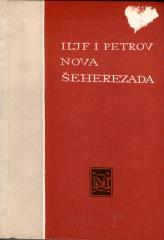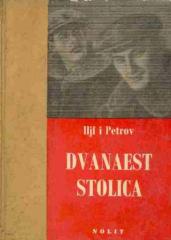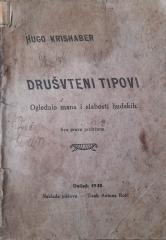
Jednokatna Amerika
After the great success of The Twelve Chairs and The Golden Calf, Ilyich and Petrov traveled the United States during the Great Depression and translated their observations into the novel One-Story America, continuing to write in a satirical style.
One-Story America (1937) by Ilya Ilf and Yevgeny Petrov is a witty and insightful travelogue documenting their ten-week journey through the United States during the Great Depression. As official Soviet journalists, the authors crossed the country from coast to coast, recording their observations of American society, culture, and everyday life.
The book’s title refers to the prevailing architecture of American cities—low, one-story buildings—which contrasts with the popular image of America as a land of skyscrapers. Throughout eleven chapters, Ilya and Petrov use their signature humor and satire to portray the contrasts of American society: on the one hand, admiration for technological progress and the entrepreneurial spirit; on the other, criticism of racial injustice, poverty, and labor exploitation.
The book was first published in sections in Soviet publications such as Pravda and Ogonyok, which also featured Ilya’s photographs from the trip. Despite the political context of the Soviet Union in the 1930s, "One-Story America" provides a balanced view of America, recognizing its virtues and flaws. With its sharp style and profound insights, the work remains relevant today, serving as a valuable document of the interwar period and the cultural differences between East and West.
No copies available
The last copy was sold recently.





